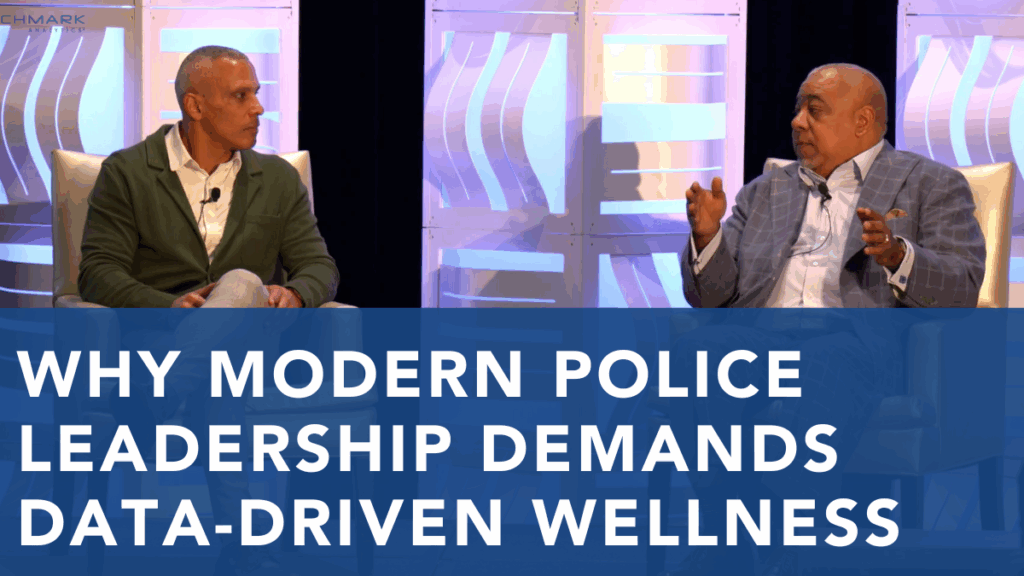Public Opinion and Policing
Posted
September 21, 2022
Share:
Research organizations like the Pew Research Center, Gallup, and the University of Chicago’s NORC public opinion survey have been measuring public perception of policing for, in some cases, more than 40 years. This data gives social scientists, policymakers, and law enforcement leaders valuable insights into how the public feels about policing and their expectations.
 These insights are especially valuable now as public confidence in the institution of policing approaches record lows. However, across many research studies, there is little evidence to suggest a majority of Americans hold opinions that are explicitly anti-police. Instead, Americans tend to support policies and initiatives that have been shown to improve policing outcomes in their communities.
These insights are especially valuable now as public confidence in the institution of policing approaches record lows. However, across many research studies, there is little evidence to suggest a majority of Americans hold opinions that are explicitly anti-police. Instead, Americans tend to support policies and initiatives that have been shown to improve policing outcomes in their communities.
What factors can influence the public’s perception of police?
Understanding the factors influencing public opinion is fundamental to crafting policies and strategies to boost public trust in policing. In decades of longitudinal study, academics and researchers have sought to understand the multitudes of experiential and demographic factors that can shed light on a person’s thoughts on policing. As in all research, it is essential to note that correlation is not causation and that establishing a conclusive link between factors is exceptionally difficult. These are a few of the primary factors that influence the public’s thoughts on policing:
- Trust is declining in all public institutions
Over the last ten years, there has been softening of public trust in most public institutions. The raw data from Gallup presents a mixed bag, with political leaders and governing bodies experiencing some of the most dramatic fluctuations in public opinion. Based on this data, one can note dips in confidence that correspond with especially high-profile incidents of misconduct – events that tend to receive an exceptional amount of media coverage.
- Fault lines in public perception
Survey after survey indicates that public opinion of policing tends to be reflected along demographic lines. For example, older Americans tend to have a more favorable view of policing policies and outcomes than their younger counterparts. Stated political party affiliation also is a strong, but far from guaranteed, predictor of a respondent’s views on law enforcement.
Research suggests that what a lot of these demographic fault lines in public opinion come down to are rooted in people’s first-hand experience with police. An AP-NORC poll published in 2021 explored this and showed that survey participants’ characterization of their interactions with police seems to influence their overall perception of policing. Perceptions of bias, the severity of the misconduct, and unfair treatment contribute to a lower opinion.
- Areas of agreement
However, although there may be demographic divergence in the overall opinion of policing, a great deal of nuance makes it difficult to make broad assumptions based on any one demographic indicator. There are even questions related to policing in which wide swaths of the population generally agree.
One such question involves funding priorities for law enforcement. The Pew Research Center found that from mid-2020 to late 2021, a growing share of those asked – across all demographic categories in the survey – stated a preference for increasing police funding. In the same timeframe, survey respondents also found that even groups with mixed opinions on police were “much less likely than in 2020 to prefer decreased spending on police in their area”.
A Rebound in Public Opinion?
Though recent trends in public opinion concerning policing are troubling to law enforcement leaders, there are reasons for measured optimism. While the public opinion of policing undeniably experienced a decline in 2020, there are signs a rebound is underway.
Though there is no one conclusive reason researchers can point to, recent survey data from Gallup showed an 8% increase in confidence in police among Black respondents. Data from the same survey showed confidence holding steady among White and Hispanic respondents. The survey concludes that it is too early to assess precisely why this is the case. However, it is reasonable to believe that a combination of the passage of time since widely reported misconduct incidents – combined with the success of reform efforts – are likely contributing factors.
Generally, when asked their opinion on policing, most people prefer the strategies and initiatives shown to produce better outcomes for law enforcement agencies and the communities they serve. A CBS News survey from August 2022 shows that the public ranks “more funding for police” as the fourth most effective strategy for preventing violent crime, below “more [community] mental health services” and “stricter sentences for violent offenders.” Additionally, the same survey showed that the notion of “defunding police” remains broadly unpopular
Why This Matters
The building blocks of modern policing stress the importance of the community’s relationship with the police – going back some 200 years to the nine principles of policing explained by Sir Robert Peel. “Police, at all times, should maintain a relationship with the public that gives reality to the historic tradition that the police are the public and the public are the police.” Furthermore, it has been shown that community oriented-policing is instrumental in improving the public’s attitude towards police.
Public opinion research that asks questions about law enforcement is, at its most basic, a means of understanding what the public wants out of policing – transparency and accountability. It is vital to crafting policies and strategies that advance policing while strengthening community relationships.
The mission and products of Benchmark Analytics are grounded in extensive, evidence-based research findings. By combining these findings with the latest developments in data science, Benchmark is committed to improving the effectiveness and transparency of law enforcement with our one-of-a-kind officer intervention solution, First Sign® Early Intervention, and holistic personnel management with Benchmark Management System®.
Related Posts
Ready to Experience the Benchmark Difference?
Benchmark Analytics and its powerful suite of solutions can help you turn your agency’s challenges into opportunities. Get in touch with our expert team today.



